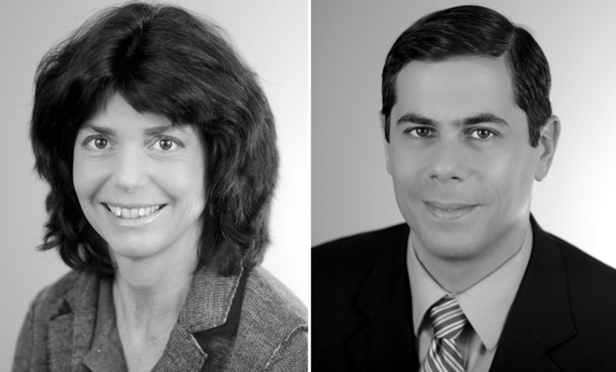On Sept. 22, 2014—the day after an estimated 300,000 persons attended the Climate Change march in New York City1—the New York City Bar Association held a program Leading by Example: State and Local Governments as Catalysts for Action on Climate Change. Because of ongoing disagreement among federal lawmakers on whether to regulate greenhouse gases (or in some cases to even acknowledge that climate change is caused, in part, by humans), many state and local governments have initiated their own programs to address climate change. One of the themes raised by the New York State Attorney General Eric Schneiderman at the city bar program is the need to explain how climate change impacts the public personally to help garner support for additional programs to regulate greenhouse gases.
New Yorkers have generally embraced the bulk of scientific evidence that supports the view that the Earth’s climate is warming faster than expected due primarily to human activity. Climate change is contributing to extreme weather events, such as heat waves in the western United States and heavy storms in the Northeast. However, especially after a very cold winter and cooler summer, there are still many people who are unsure that climate change is occurring at all or, if occurring, question whether it is due to man-made greenhouse gas emissions, and lack enthusiasm for policies that may raise energy prices. Therefore, examples of real-world, local experiences from those adversely impacted by climate change is an important method to engage New Yorkers to support climate change mitigation policies.



